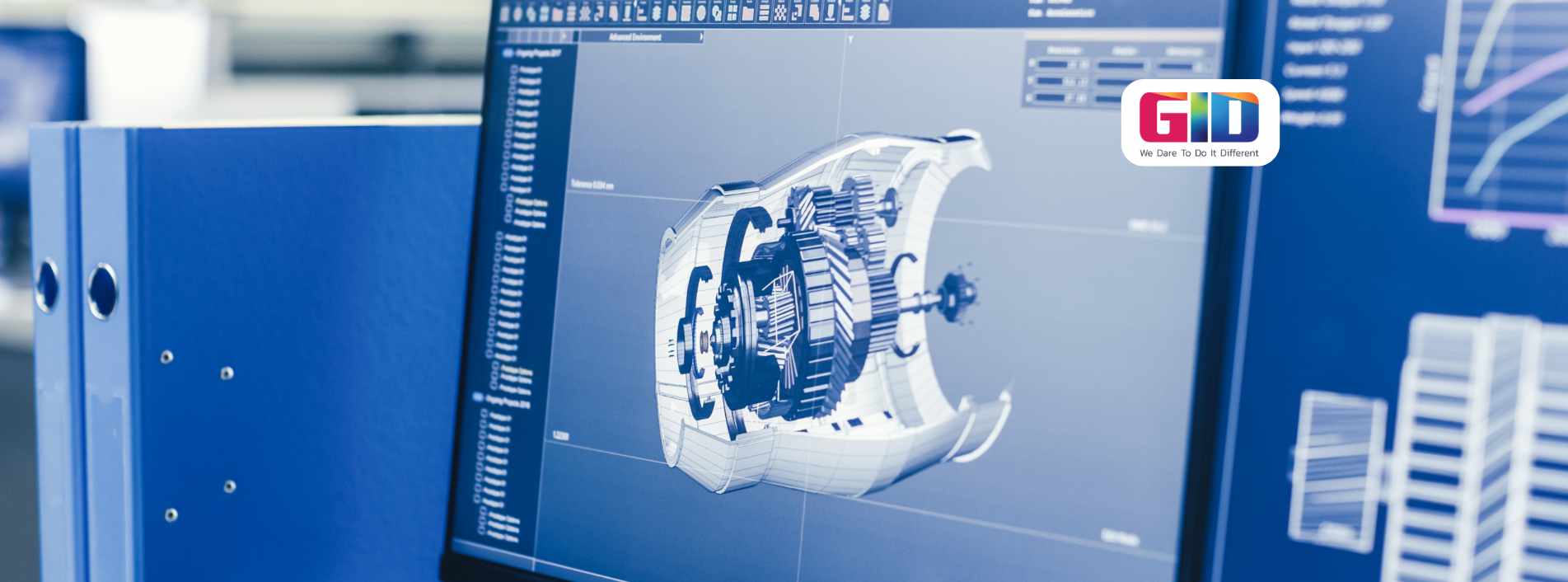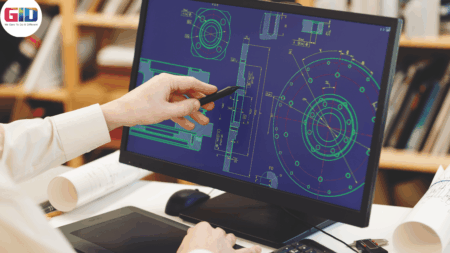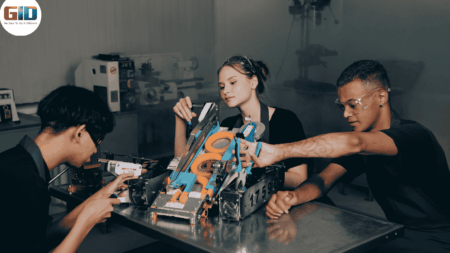Key Points to Remember During Product Prototype Development
Discover crucial points to remember during product prototype development to ensure a smooth and efficient process. Our guide highlights essential factors and best practices for successful prototype creation.
The purpose of product prototype development is to shorten development times and to reduce the costs of product development. A product prototype is a working model that offers a much clearer picture of the system to be developed, but only if it is done right. Thus, to help entrepreneurs develop a fully functional prototype, here is the list of some of the most important points to remember while developing a product prototype, and they are as follows:
Keep ready a potent prototype plan
Most entrepreneurs believe that a product prototype development is a linear process. Product designers come up with product designs, conclude the best product design, create a prototype, and test it before proceeding to bulk manufacturing.
The process of product design and rapid prototyping is highly iterative, with various teams and departments contributing ideas and voting on the most impactful ones. Key points to remember during product prototype development include fostering an empathetic mindset to truly grasp customer needs. This phase is crucial for understanding the points to remember during product prototype development, which involve embracing failure and incorporating feedback continuously. By focusing on these points to remember during product prototype development, organizations can refine their prototypes more effectively and accelerate the journey to a profitable product.
Keep the product prototype simple
While developing a product prototype, most entrepreneurs believe that they have to come up with an impressive prototype at the first attempt and then simply collect feedbacks before taking it to market. However, when they do that, they spend thousands of hours and dollars to produce something customers don’t understand or don’t require.
In design thinking, to develop a product prototype, you utilize the materials that are readily available to you. Utilizing simple materials to develop a product prototype helps you get the idea out on the table, without investing extra time and money. Creating a simple product prototype helps you gain incredibly valuable feedback.
Collect valuable, informed feedback
When you test your prototype, search for actionable ways to enhance it. Carry your product prototype to a wide variety of audiences, even if it is of low resolution or made out of simple materials such as pipes and cardboard, and explain it to them. If explaining is not enough, tell them how your product can be used. The sole intention of your prototype is to gather valuable, informed feedback that’s both negative and positive. Always welcome questions, comments, and new ideas for making your concept better.
Time to act on feedback
You have to keep your team on standby, asking them to pay attention to feedback and iterating it on the go. The valuable feedback that you received after developing a prototype will help you make a better product, or help you find out that your prototype is going nowhere. In both the cases, you stand a chance of delivering an improved product, which will be loved by your customers.
The ultimate goal of rapid prototyping isn’t to perfect your final product; it is to create ideas until you have cinched all the basic aspects. Then you can create a superior version to test.
A product prototype development enables you to capitalize on ideas and feedback in almost real time. Key points to remember during product prototype development include leveraging these insights to refine your design. Learning from failures and implementing these lessons into the process are crucial points to remember during product prototype development, allowing entrepreneurs to adjust and enhance their product with relatively low cost. By focusing on these essential points to remember during product prototype development, you can make iterative improvements efficiently and effectively, ensuring a more successful final product.
When developing a product prototype, keeping crucial points to remember during product prototype development in mind can significantly impact the success of your project. Understanding these points to remember during product prototype development helps ensure that you address potential issues early and refine your design effectively. Key points to remember during product prototype development include thorough planning, clear objectives, and iterative testing.
By focusing on these essential points to remember during product prototype development, you can streamline your process, avoid costly mistakes, and create a prototype that accurately reflects your final product vision.
If you are looking for rapid prototyping services in the United States, then feel free to contact us at GID Company.

















